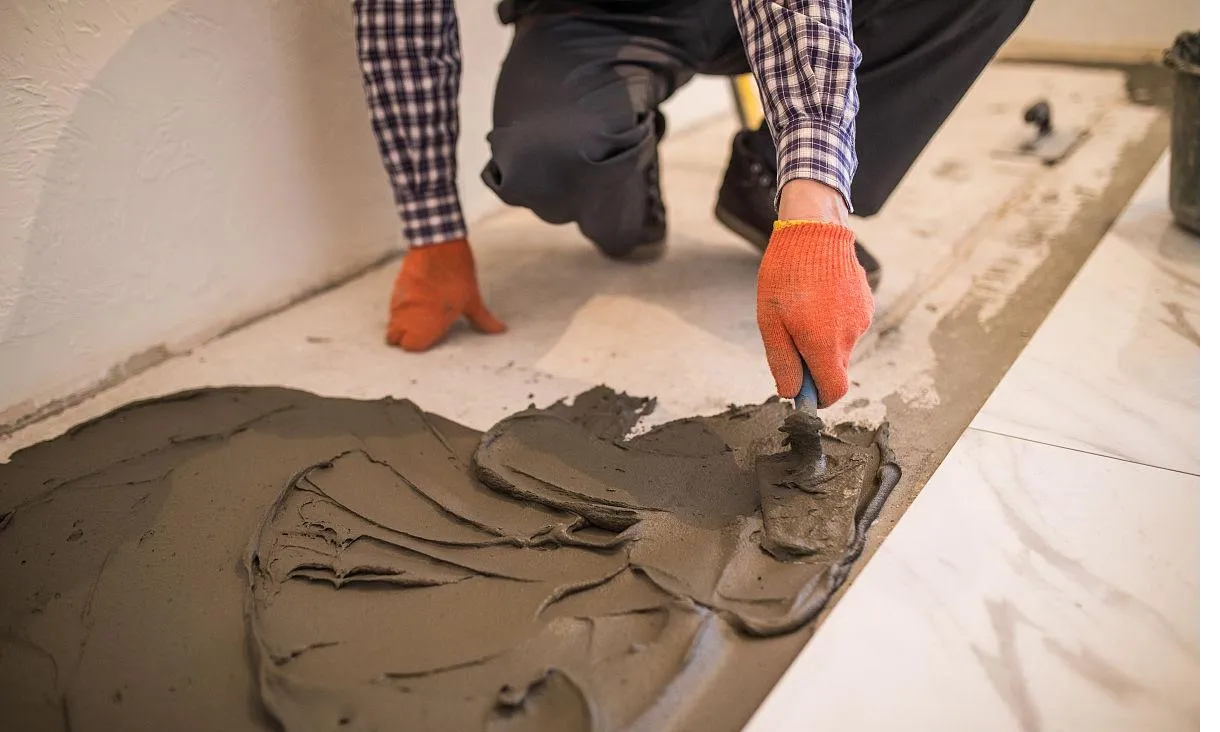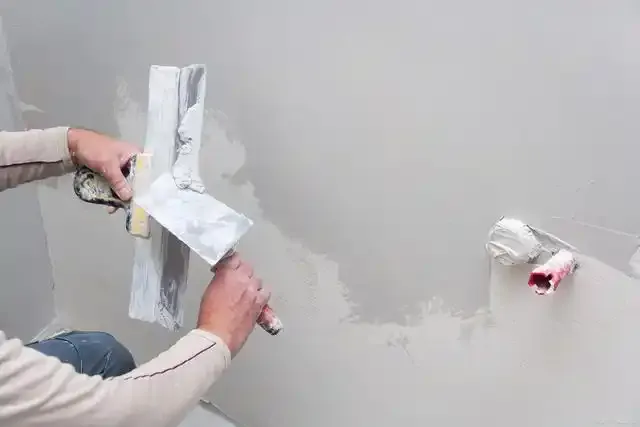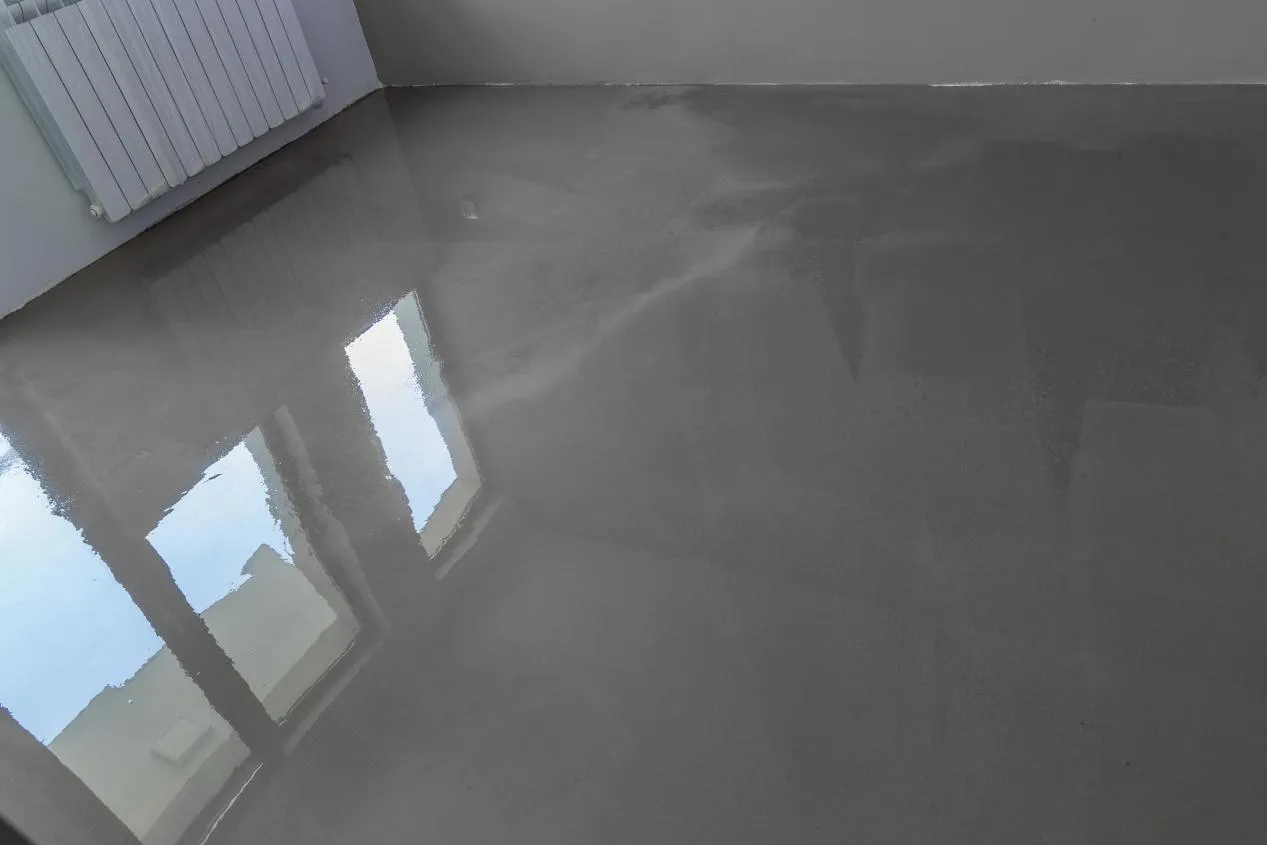
Redispersible Latex Powder: The Backbone of Modern Dry-Mix Mortar Formulations
In the evolving world of construction chemicals, redispersible polymer powder (commonly known as RDP polymer) has emerged as an indispensable ingredient in dry-mix mortar systems. These powders enhance the flexibility, adhesion, strength, and water resistance of cement and gypsum-based products, especially in tile adhesives, self-leveling flooring compounds, plasters, and EIFS systems.
As demand grows for efficient and high-performance construction materials, the use of redispersible latex powder continues to rise globally. This article will explore the structure, suppliers, HS codes, and primary applications of redispersible polymer powder, providing a comprehensive overview for manufacturers, buyers, and construction professionals.

What Is Redispersible Polymer Powder (RDP)?
Redispersible powder is a free-flowing, white powder created by spray-drying a water-based polymer emulsion. When mixed with water, it redisperses back into a stable emulsion, retaining the properties of the original polymer. This allows the material to be easily stored and shipped in dry form, yet deliver performance comparable to liquid emulsions once in use.
The most common base for redispersible polymer powder RDP includes:
VAE (Vinyl Acetate Ethylene) — the most widely used base with excellent flexibility and adhesion.
Acrylic-based polymers — ideal for weather-resistant coatings and enhanced elasticity.
Styrene-butadiene — typically used where abrasion and crack resistance are needed.
Once incorporated into dry-mix mortars, redispersible powder polymer improves critical properties such as tensile strength, crack bridging ability, abrasion resistance, and waterproofing. This makes it ideal for:
Tile adhesives and grouts
EIFS (external insulation finishing systems)
Repair mortars and joint compounds
Skim coats and putties
Self-leveling flooring systems
Because of its powder form, it allows for simpler handling and longer shelf life than traditional wet additives.

Market Insights, HS Code, and Leading Suppliers
Understanding the Redispersible Polymer Powder HS Code
For international trade and classification purposes, redispersible polymer powder HS code is most commonly listed under 39052900, which represents vinyl acetate copolymers in primary forms. This code streamlines customs clearance and international logistics when exporting or importing RDP powders.
Some countries may also classify different variants under more specific codes, depending on composition or intended use, especially when dealing with acrylic or styrene-based derivatives. It’s essential for procurement teams and redispersible polymer powder suppliers to maintain up-to-date customs documentation for seamless global transactions.

Who Are the Top Redispersible Polymer Powder Suppliers?
The global market for redispersible powders is competitive and dominated by a mix of global and regional players. Leading redispersible polymer powder suppliers include:
Wacker Chemie AG (Germany) – a pioneer and global leader in VAE-based powders.
Celanese Corporation (USA) – specializes in construction-grade emulsions and RDPs.
Dairen Chemical Corporation (Taiwan) – known for high-purity VAE powders.
Ashland Global Holdings Inc. (USA)
Shandong Xindadi Industrial Group Corp. (China) – a major regional player in Asia.
VINAVIL (Italy) – with a wide range of construction and industrial emulsions.
These manufacturers offer RDPs with varying particle sizes, MFFT (minimum film-forming temperatures), and tensile strengths based on customer requirements and climatic conditions.
As sustainability becomes a priority, many suppliers now offer RDP powders with low VOCs and eco-label certifications that comply with green building standards.
Applications of Redispersible Polymer Powder Across Industries
The applications of redispersible polymer powder span across several sectors, particularly in building and construction. Its ability to improve mechanical performance, durability, and workability makes it vital in modern mortar systems.
1. Tile Adhesives and Grouts
RDP polymers significantly enhance adhesion strength and open time in tile adhesives. This ensures tiles bond securely to a variety of substrates, even in wet conditions.
2. Exterior Insulation and Finish Systems (EIFS)
RDP provides flexibility and weather resistance in EIFS mortars, crucial for thermal insulation and external renders.
3. Skim Coats and Wall Putty
RDPs improve workability and crack resistance in finishing coats, making them smoother and more durable.
4. Self-Leveling Floor Compounds
RDPs help reduce shrinkage and improve flow in self-leveling mortars, ensuring a flat, even surface with better wear resistance.
5. Waterproofing and Repair Mortars
Styrene-butadiene and acrylic-based redispersible powders improve tensile strength, bonding, and waterproofing in repair and patching mortars.
In summary, redispersible polymer powder is not just a filler—it’s a performance enhancer that allows cement-based products to meet the high standards of modern construction.
Conclusion: The Redispersible Revolution in Building Materials
The global shift toward dry-mix systems and sustainable construction practices has accelerated the adoption of redispersible latex powder across applications. Whether it’s tile adhesives, EIFS systems, or self-leveling flooring, the inclusion of redispersible polymer powder RDP enables better strength, longer durability, and superior workability.
When sourcing materials, it’s crucial to understand the redispersible polymer powder HS code, identify trustworthy redispersible polymer powder suppliers, and select the right rdp polymer for your formulation needs. As demand increases, so will innovation in RDP chemistry—paving the way for stronger, smarter, and more sustainable buildings around the world.
FAQ Section with Keyword Titles
1. What Are the Main Applications of Redispersible Polymer Powder in Construction?
Redispersible polymer powder is widely used in construction for improving adhesion, flexibility, water resistance, and strength. Common applications include tile adhesives, skim coats, EIFS systems, repair mortars, and self-leveling flooring compounds.
2. How Does RDP Polymer Improve Dry-Mix Mortar Performance?
RDP polymer enhances mortar properties such as tensile strength, flexibility, and workability. It allows the dry mix to maintain strong adhesion and resist cracking and shrinkage, especially in cement or gypsum-based systems.
3. What Is the HS Code for Redispersible Polymer Powder?
The typical redispersible polymer powder HS code is 39052900, which refers to vinyl acetate copolymers in primary form. This classification is used in customs documentation and international trade regulations.
4. Who Are the Top Redispersible Polymer Powder Suppliers Globally?
Leading redispersible polymer powder suppliers include Wacker Chemie AG, Celanese, Ashland, and Shandong Xindadi. These companies produce RDP powders with different properties tailored for specific construction needs.
5. What Is the Difference Between Redispersible Latex Powder and Redispersible Powder Polymer?
The terms redispersible latex powder and redispersible powder polymer are often used interchangeably. Both refer to dry powders that redisperse in water to form polymer emulsions, but the exact name can reflect the polymer type or industry usage (e.g., construction vs. industrial adhesives).
-
Hydroxypropyl Starch as a Sustainable Construction AdditiveNewsNov.24,2025
-
The Gelation Properties of CMCNewsNov.21,2025
-
Redispersible Latex Powder and Water Retention CapacityNewsNov.21,2025
-
Dosage Control for Polycarboxylate Water ReducerNewsNov.21,2025
-
Film-Forming Properties of Polyvinyl AlcoholNewsNov.21,2025
-
The Function of Gypsum Additives in MortarNewsNov.21,2025

Redispersible Latex Powder The Backbone of Modern Dry Mix Mortars
Redispersible powder—more commonly known as redispersible latex powder yoki dispersible polymer powder—is a spray-dried, free-flowing powder that redistributes into a stable emulsion when mixed with water.

What Is Redispersible Powder and Why It Matters
These powders are essential additives in modern cement- or gypsum-based dry-mix mortars, providing critical properties such as flexibility, bonding strength, water retention, abrasion resistance, and impact durability.
The most widely used type of redispersible powder is vinyl acetate ethylene redispersible powder (VAE), a copolymer derived from vinyl acetate and ethylene. VAE-based powders are known for their superior flexibility, strong adhesion, and workability, making them ideal for tile adhesives, EIFS systems (external insulation and finishing systems), and self-leveling flooring compounds.

There are various types of redispersible polymer powder (RDP) available, each engineered to meet specific application requirements:
VAE Redispersible Latex Powder: Excellent balance of flexibility and cohesion.
Acrylic-Based RDP: Superior weather and UV resistance.
Styrene-Butadiene Latex Powder: High water resistance and toughness.
Vinyl Chloride Copolymer Powder: Used where chemical resistance is necessary.
These types ensure tailored performance for diverse end-uses, from residential construction to industrial applications.

Applications Market Trends, and Global Trade
The applications of redispersible polymer powder span across a wide variety of construction products. These include:
Tile Adhesives and Grouts: Enhancing bond strength and deformability.
Wall Putty and Skim Coats: Improving surface smoothness and adhesion.
Thermal Insulation Systems (EIFS): Boosting flexibility and impact resistance.
Self-Leveling Compounds: Enhancing flow and tensile strength.
Repair Mortars and Renders: Improving adhesion, water resistance, and crack bridging.

Redispersible powders form a polymer film within the cementitious matrix, which enhances the mechanical and chemical properties of the final hardened material. This film also helps reduce water absorption, increase flexibility, and improve resistance to environmental stresses.
The global redispersible polymer powder market is expanding rapidly, driven by the surge in demand for advanced construction materials, urban infrastructure, and energy-efficient buildings. Asia-Pacific leads the global consumption, with China and India being the major consumers due to ongoing urbanization and affordable housing projects.
The role of reliable redispersible polymer powder suppliers is critical in ensuring consistent product quality, availability, and performance. Leading manufacturers provide RDPs that comply with international standards and offer customized grades to suit regional climates and construction practices.
On the international trade front, RDP is categorized under a specific redispersible polymer powder HS Code, usually falling under HS Code 3905.91.00 or similar, depending on the base polymer and composition. Knowing the correct HS code helps importers and exporters avoid delays, ensure proper customs classification, and comply with tariffs and safety documentation.

Why Redispersible Latex Powder Is Indispensable ?
Whether you're building a skyscraper or renovating a home, the role of redispersible polymer powder RDP cannot be overstated. From improving workability to enhancing durability and adhesion, RDP is an essential additive in dry-mix mortar formulations. As environmental regulations tighten and construction demands increase, the importance of high-performance, sustainable materials like redispersible latex powder will only grow.
With the redispersible powder market becoming increasingly competitive, choosing reputable redispersible polymer powder suppliers is key. Focus on suppliers offering quality assurance, technical support, and tailored grades for your specific applications.
By understanding the types, applications, and market dynamics of RDP, construction professionals can make smarter choices that improve efficiency, reduce failure rates, and contribute to more resilient structures.

FAQ Title: Key Questions About Redispersible Polymer Powder, Suppliers, and Applications
What is redispersible polymer powder RDP and how is it used?
Answer:Redispersible polymer powder RDP is a spray-dried polymer used in dry-mix mortars to improve adhesion, flexibility, and workability. It is widely applied in tile adhesives, EIFS, wall putty, and repair mortars.
What are the typical applications of redispersible polymer powder?
Answer:The applications of redispersible polymer powder include tile adhesives, thermal insulation systems, skim coats, self-leveling compounds, grouts, and waterproofing mortars. RDP enhances bonding, reduces cracking, and increases longevity.
What is vinyl acetate ethylene redispersible powder used for?
Answer:Vinyl acetate ethylene redispersible powder (VAE RDP) is known for excellent flexibility and bonding performance. It is particularly suitable for tile adhesives, crack-resistant mortars, and external insulation systems.
How can I find trusted redispersible polymer powder suppliers?
Answer:Look for redispersible polymer powder suppliers who offer quality certifications, consistent production standards, tailored grades, and after-sales technical support. Reviews and industry reputation are also important.
What is the HS code for redispersible polymer powder in international trade?
Answer:The typical redispersible polymer powder HS Code is 3905.91.00, though it can vary slightly depending on the formulation. This code is essential for customs clearance and import/export documentation.
-
Hydroxypropyl Starch as a Sustainable Construction AdditiveNewsNov.24,2025
-
The Gelation Properties of CMCNewsNov.21,2025
-
Redispersible Latex Powder and Water Retention CapacityNewsNov.21,2025
-
Dosage Control for Polycarboxylate Water ReducerNewsNov.21,2025
-
Film-Forming Properties of Polyvinyl AlcoholNewsNov.21,2025
-
The Function of Gypsum Additives in MortarNewsNov.21,2025





















